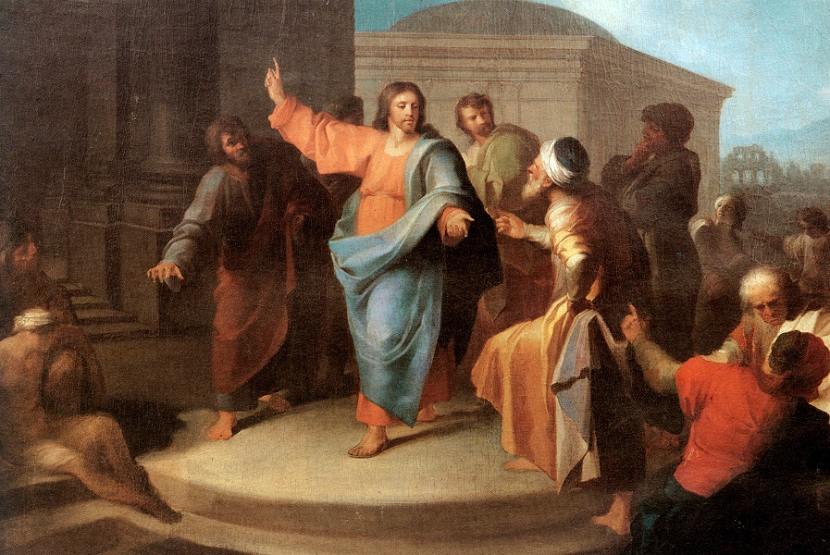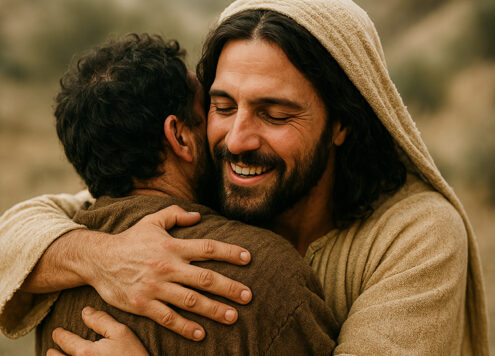“He is not God of the dead, but of the living.”
—The Gospel of Luke, chapter 20:38
Jesus was questioned by a group of Sadducees who did not believe in the Resurrection after death. The Sadducees proposed a clever riddle about the possibility of a woman having married seven times, during her lifetime, after the death of each husband. They maintained this would discredit the idea of the Resurrection in the afterlife since it would violate God’s law of monogamous marriage if a woman could be married to seven different husbands in Heaven.
In answer, Jesus marshaled the whole truth of the scriptures against these petty arguments of the Sadducees. He makes it clear that God is a God of the living and that, in the Resurrection of the just, there is neither “marriage” nor are people “given in marriage” (Luke 20:34–36). The Sadducees were caught in a sticky wicket of their making, and they knew it. They fell silent and did not dare to ask him anything further.
The Resurrection means new life and is the hope of all who live and die in the Lord. Jesus is the Resurrection and the life, and all who follow Him experience the Resurrection in this life when they are alive in Him. The Resurrection then is about what can happen to us now when we follow Christ, and what can happen to us when we die after a life of faithful witness.
There’s a wonderful Gospel story concerning Martha, the sister of Lazarus, who questioned Jesus over the death of her brother who had just died. Jesus asked her, “Do you believe in the Resurrection?” She replied that she believed in the Resurrection in the next life. Jesus then corrected her one-sided view of the Resurrection by saying: “I am the Resurrection and the life. He who believes in me will never die.” In other words, the new life of the Resurrection is for the living, and must not be viewed as something that only takes place after we die. It is both, but it begins here on earth by following the example of Christ.
Many Christians today make the same mistake of only viewing the Resurrection as an after-death experience like the Sadducees in today’s Gospel. This approach to the Resurrection fails to take into account the transforming influence of the new life of Christ on human behavior. St. Paul could say he became a “new man” because he cast aside the old ways of the world to follow Christ. The Resurrection changed St. Paul so much that he said: “I live now, not I, but Christ lives in me” (Galatians 2:20).
The resurrection is a rising to new life, here and now. It is a constant dying to sin and rising to the new life of grace which is seen in the following of Jesus who is the Way, the Truth, and the Life.
—Fr. Hugh Duffy











Recent Comments